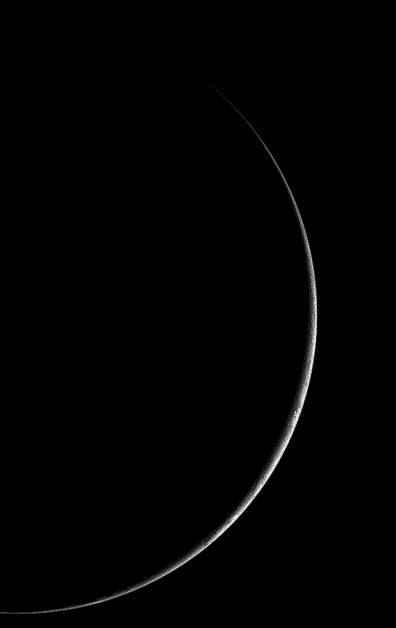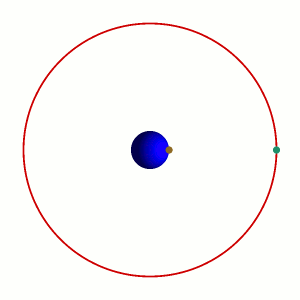Over the course of a day the Earth changes quite a lot. Lightning strikes the Earth 8 Million times per day as the mighty water cycle on our planet churns under the power of the Sun’s warmth and the Coriolis force on the Earth. But have we ever just stared at the Earth’s surface over the course of the day?
Definitely. We have seen the day to day changes from many different altitudes above the Earth’s surface, and the above image shows stunning changes over the course of a day. But how do we get a picture like this? Don’t satellites move through space? How can they stay in one place long enough to get this photo?
It’s true that satellites do move, but the Earth also rotates. If we use our knowledge of orbital mechanics, we can realise that the further we are from a celestial body, the slower our orbital velocity has to be. If we look for a place where the satellite’s orbital velocity is the same as the rotation speed of the Earth, it would be as if the satellite stays directly above a single point on the Earth, orbiting in 24 hours.
This is called geosynchronous orbit, and it is found at a semi-major axis of 42,164 Km, measured from the centre of the Earth. Satellites are placed here predominantly for communications, as a station on the ground would only have to point to one area in the sky without readjustment.
So to someone on the ground, the satellite would not move, but to the satellite, the Earth appears to not move, giving us the ability to look at the Earth continuously from afar. This is how we can obtain amazing images like the one above.


